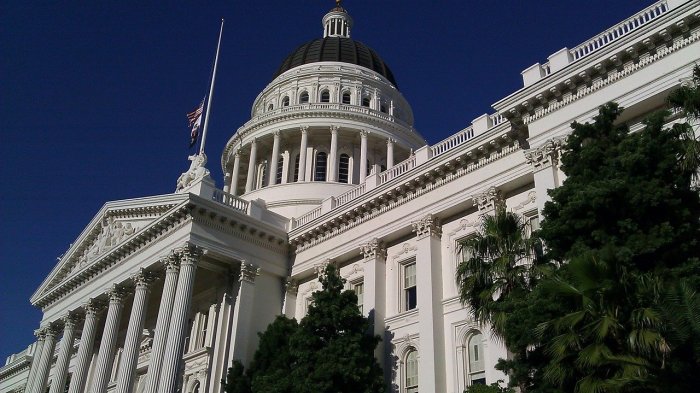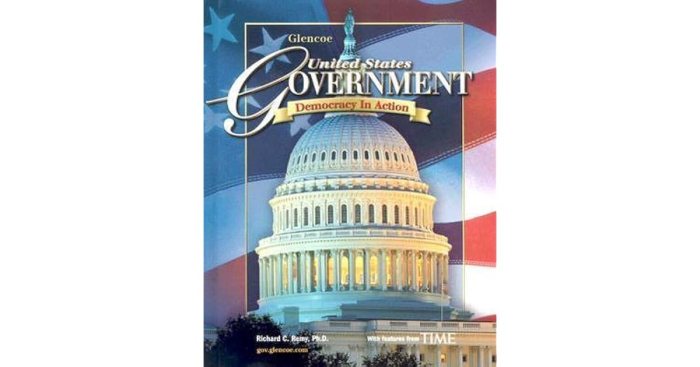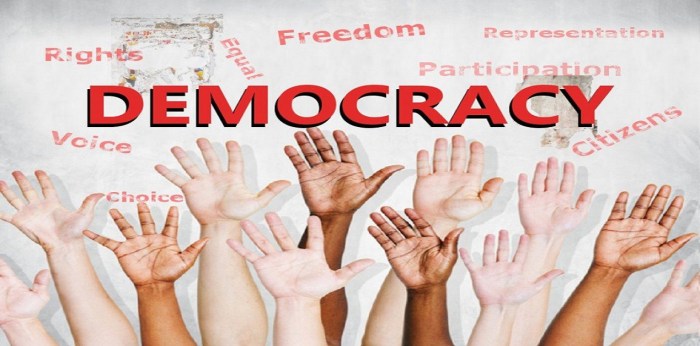United states government democracy in action textbook pdf – United States Government: Democracy in Action Textbook PDF, an authoritative and comprehensive guide, delves into the intricate workings of the American political system. This seminal text provides a thorough examination of the fundamental principles, structures, and processes that define the United States government, empowering readers with a profound understanding of its historical evolution, contemporary challenges, and enduring legacy.
Throughout its chapters, this invaluable resource explores the foundational concepts of democracy, tracing its origins and manifestations within the American context. It meticulously dissects the structure and organization of the U.S. government, elucidating the roles and responsibilities of each branch and the intricate system of checks and balances that ensures equilibrium and accountability.
Introduction to United States Government

The United States government is a representative democracy, meaning that its citizens elect officials to represent their interests and make decisions on their behalf. This system of government is based on the principles of popular sovereignty, limited government, and the rule of law.
The U.S. government is divided into three branches: legislative, executive, and judicial. The legislative branch is responsible for making laws, the executive branch is responsible for enforcing laws, and the judicial branch is responsible for interpreting laws.
Timeline of Key Events in the Development of American Democracy
- 1776: Declaration of Independence
- 1787: Constitutional Convention
- 1789: Ratification of the Constitution
- 1861-1865: Civil War
- 1917-1918: World War I
- 1941-1945: World War II
- 1954: Brown v. Board of Education
- 1964: Civil Rights Act
- 1974: Watergate scandal
- 1991: Gulf War
- 2001: September 11 attacks
- 2008: Great Recession
- 2016: Election of Donald Trump
The Legislative Branch: United States Government Democracy In Action Textbook Pdf

The legislative branch of the U.S. government is responsible for making laws. It is composed of the Senate and the House of Representatives.
Powers of the U.S. Congress
- To make laws
- To declare war
- To raise and maintain an army and navy
- To regulate commerce
- To coin money
- To establish a postal system
- To grant patents and copyrights
- To establish courts
- To impeach the President
Checks and Balances Between the Branches
The U.S. Constitution establishes a system of checks and balances between the three branches of government. This system prevents any one branch from becoming too powerful.
- The President can veto laws passed by Congress.
- Congress can override a presidential veto with a two-thirds vote.
- The Supreme Court can declare laws passed by Congress unconstitutional.
Organization and Structure of the House of Representatives and the Senate
The House of Representatives is composed of 435 members, who are elected to two-year terms. The Senate is composed of 100 members, who are elected to six-year terms.
The House of Representatives is responsible for originating all revenue bills. The Senate is responsible for approving all treaties and appointments made by the President.
The Executive Branch

The executive branch of the U.S. government is responsible for enforcing laws. It is headed by the President.
Powers of the U.S. President, United states government democracy in action textbook pdf
- To enforce laws
- To veto laws passed by Congress
- To appoint and remove federal officials
- To negotiate treaties
- To declare war
- To grant pardons
Structure and Organization of the Executive Branch
The executive branch of the U.S. government is composed of the President, the Vice President, and the Cabinet.
The Cabinet is composed of the heads of the 15 executive departments. The President appoints the members of the Cabinet, who are subject to confirmation by the Senate.
Relationship Between the President and Congress
The President and Congress have a complex relationship. The President can veto laws passed by Congress, and Congress can override a presidential veto with a two-thirds vote.
The President also has the power to appoint and remove federal officials, including the members of the Cabinet. However, the Senate must confirm all presidential appointments.
Top FAQs
What is the main focus of the United States Government: Democracy in Action Textbook PDF?
The textbook provides a comprehensive overview of the structure, functions, and history of the United States government, with a particular emphasis on the principles and practices of democracy.
What are the key features of the textbook?
The textbook is known for its clear and engaging writing style, its thorough coverage of the subject matter, and its inclusion of primary source documents and case studies.
Who is the intended audience for the textbook?
The textbook is primarily intended for students of American government and politics, but it is also a valuable resource for anyone interested in understanding the workings of the U.S. government.

